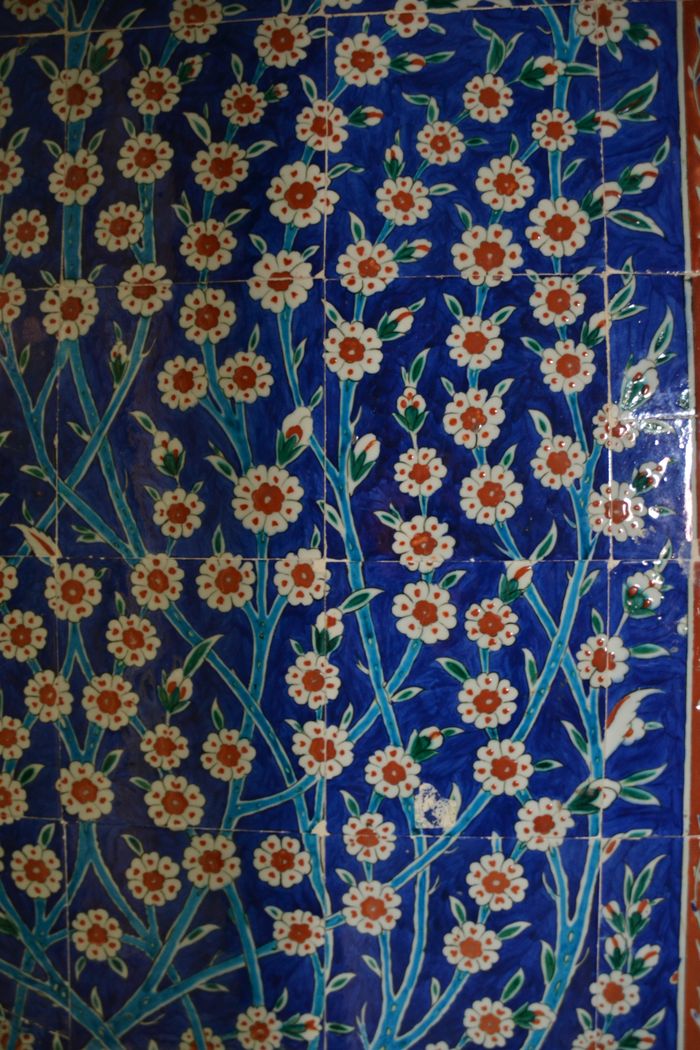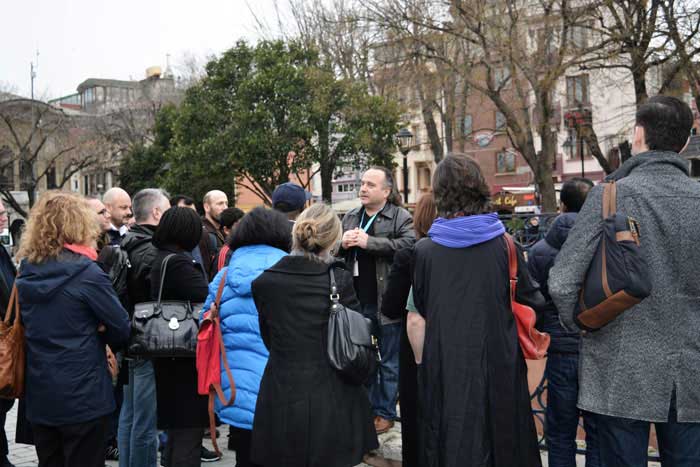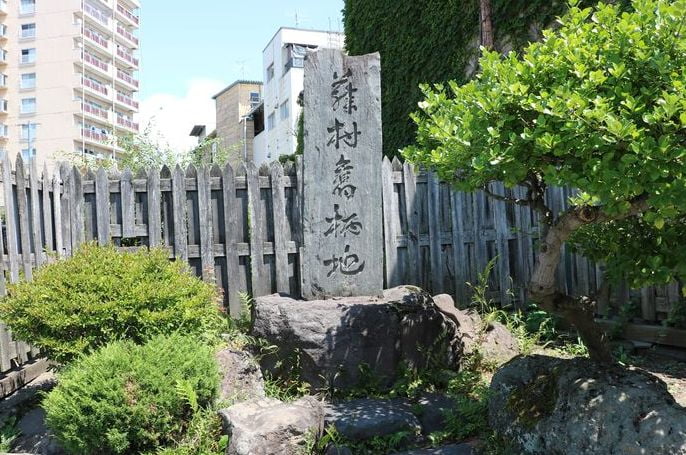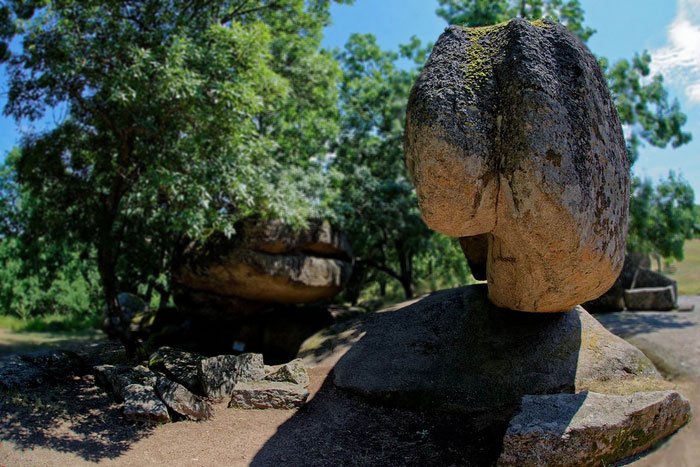34. Basil’s character was two-fold, for he readily adapted himself no less to the crises of war than to the calm of peace. Really, if the truth be told, he was more of a villain in wartime, more of an emperor in time of peace. Outbursts of wrath he controlled, and like the proverbial ‘fire under the ashes’, kept anger hid in his heart, but if his orders were disobeyed in war, on his return to the palace he would kindle his wrath and reveal it. Terrible then was the vengeance he took on the miscreant. Generally, he persisted in his opinions, but there were occasions when he did change his mind. In many cases, too, he traced crimes back to their original causes, and the final links in the chain were exonerated.
So most defaulters obtained forgiveness, either through his sympathetic understanding, or because he showed some other interest in their affairs. He was slow to adopt any course of action, but never would he willingly alter the decision, once it was taken. Consequently, his attitude to friends was unvaried, unless perchance he was compelled by necessity to revise his opinion of them. Similarly, where he had burst out in anger against someone, he did not quickly moderate his wrath. Whatever estimate he formed, indeed, was to him an irrevocable and divinely inspired judgment.
Basil’s Personal Characteristics
35. so much for his character. As for his personal appearance, it betrayed the natural nobility of the man, for his eyes were light-blue and fiery, the eye-brows not overhanging nor sullen, nor yet extended in one straight line, like a woman’s, but well-arched and indicative of his pride. The eyes were neither deep-set (a sign of knavishness and cunning) nor yet too prominent (a sign of frivolity), but they shone with a brilliance that was manly.
His whole face was rounded off, as if from the centre into a perfect circle, and joined to the shoulders by a neck that was firm and not too long. His chest was neither thrust out in front of him, nor hanging on him, so to speak, nor again was it concave and, as it were, cramped: rather was it the mean between the two extremes, and the rest of his body was in harmony with it.
36. As for height, he was of less than normal stature, but it was proportionate to the separate parts of his body, and he held himself upright. If you met him on foot, you would find him much like [28] some other men, but on horseback he afforded a sight that was altogether incomparable, for in the saddle he reminded one of the statues which the great sculptors carved, with their riders adopting a similar pose.
Read More about The Story of Saidjah part 4








